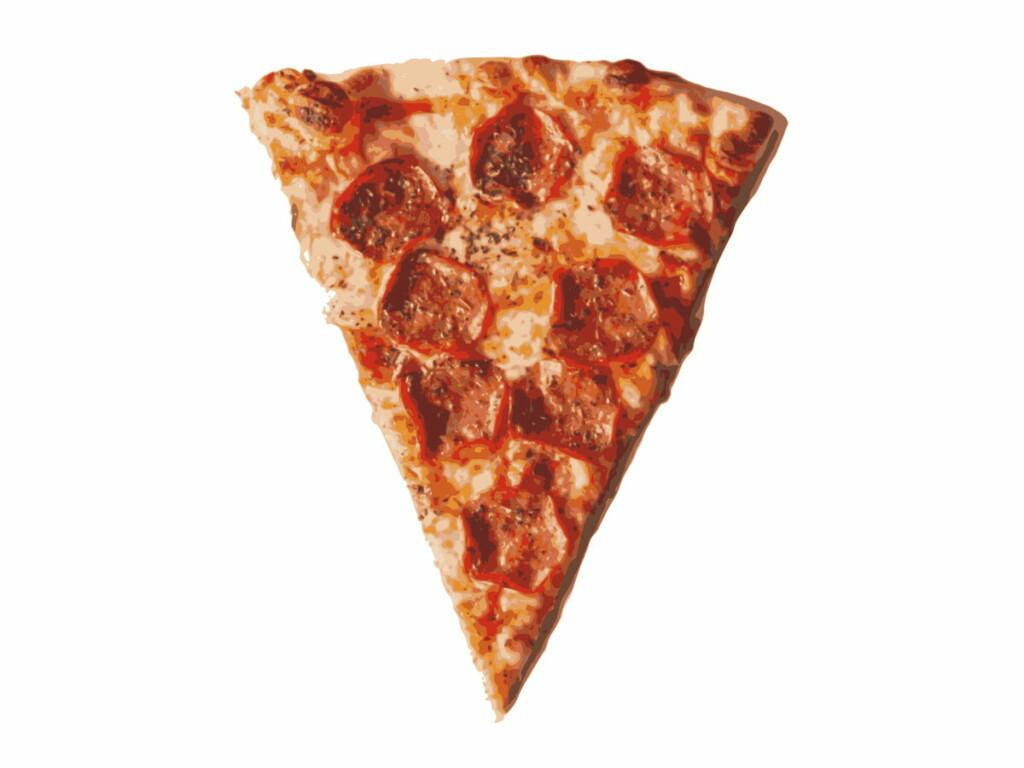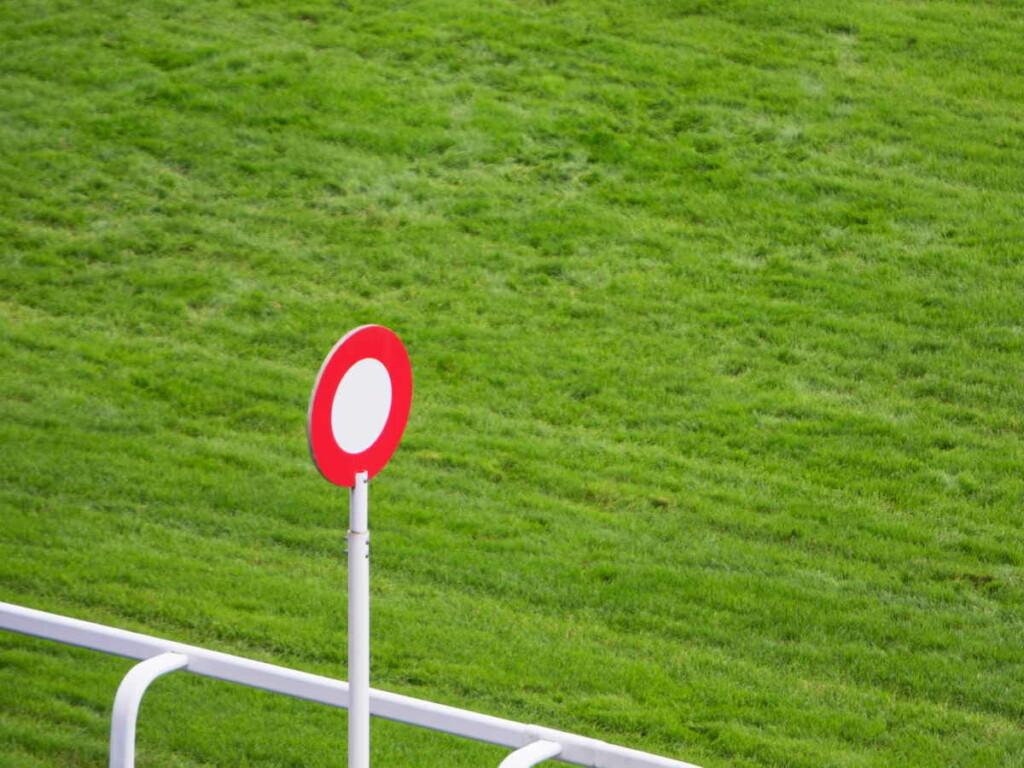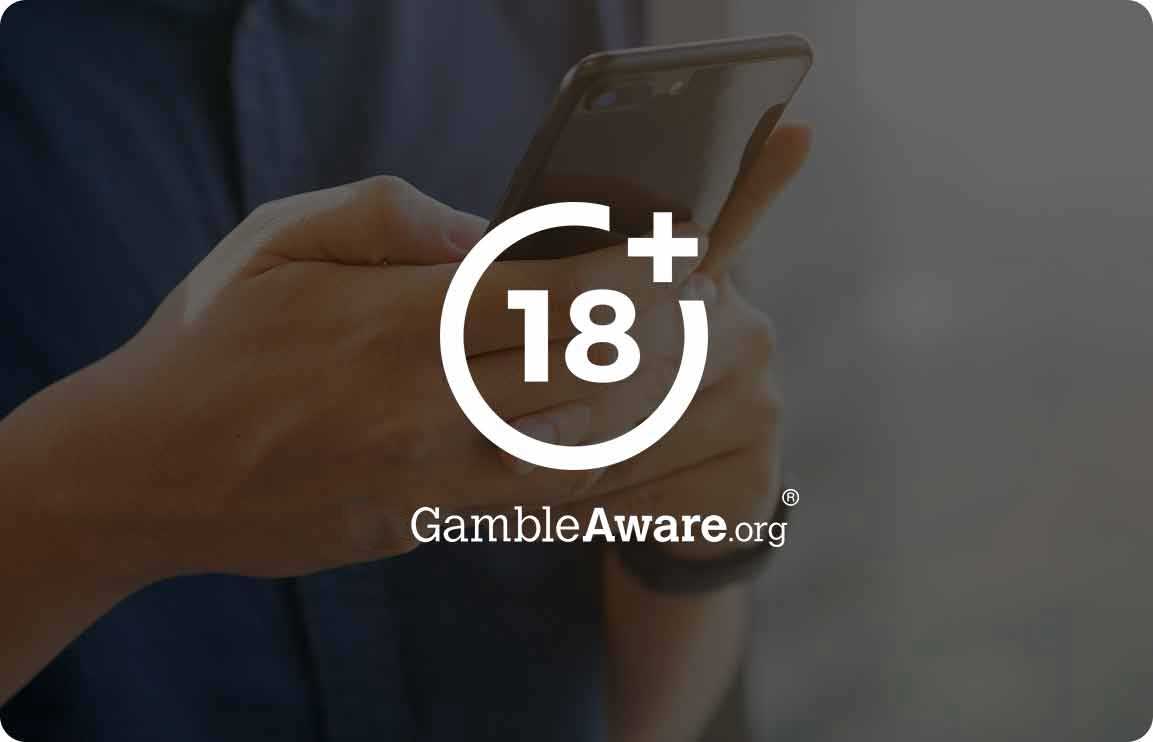Odds are what sports betting is all about, so it’s important to know what odds represent and how they’re formulated. For basic information about how bookmakers set their odds, visit our page on how bookmakers work. Here we’ll take a more in-depth look at the nuts and bolts of setting odds, including the mathematics used to convert probabilities into the odds that bookies publish.
Basic principle of probability
A basic principle in betting is that for any market, the probabilities of all possible outcomes can be added to give exactly 100%.
The easiest way to illustrate how this principle works in practice is using the example of tossing a coin. If a coin is tossed, there’s a 100% chance that the coin will land on either heads or tails. It has to land on one of its two sides.
Provided the coin is tossed enough times, there’s a 50% probability that it will land on heads and a 50% probability it will land on tails. Each of the two possibilities together equals 100%.
How probabilities relate to odds
Let’s take the probability of 50%. If you convert 50% into a whole number, it becomes 0.5. You can also write this as 1/2. If calculating odds was as simple as converting a percentage into a fraction, the odds market for the coin toss would be 1/2 for heads and 1/2 for tails. This would mean that if you bet on one of these outcomes, you’d make a profit equal to half of your stake.
If you bet £1 on heads, for instance, and your bet wins, you’d be paid back your stake plus 50 pence. If you bet £1 on both of the outcomes for a single coin toss, you’d end up losing 50 pence no matter how the coin landed. This is because you’d earn a profit of 50 pence for the winning bet but lose your stake of £1 for the losing bet.
In betting markets, nobody would be satisfied with losing 25% of their funds even if they covered two equally likely but opposing options. Instead punters would expect to get their overall stake back. As a result, you can’t simply convert probability percentages directly into odds. They have to be calculated using a different method.
Relative probability
A special formula is used to convert probabilities into odds. The formula is as follows:
Odds of a/b = relative probability of b/(a+b)
In the formula, a/b is the bookmaker odds and b/(a+b) is the relative probability of a particular outcome.
Consider the example of tossing a coin. The real probability for each outcome is 1/2. So you can rewrite the formula as b/(a+b)=1/2.
Using algebra,you can calculate the values of a and b in the formula as follows:
- b/(a+b)=1/2
- b = a+b x 1/2
- 2b=a+b
- b=a
If b is 1, a is also 1. Accordingly, the real probability of 1/2 results in odds of 1/1. With odds of 1/1 for heads and 1/1 for tails, a punter who bets £1 on both markets is guaranteed to earn back the whole stake. This person will earn a profit of £1 for the winning bet and lose the stake of £1 on the losing bet. This means the market and payouts perfectly reflect the statistical probability of any one of the two events occurring.
Converting odds into probability
You can convert the odds that bookies publish into probability values to get an approximate idea of how the bookies rate the probabilities of outcomes.

Example
Consider a football match in which one team is priced 2/1 to win. Using the formula from above, where odds of a/b represent a relative probability of b/(a+b), you can determine that odds of 2/1 = 1/(2+1), or 1/3 So the odds indicate the belief that there’s a 1/3, or 33%, probability of the team winning the match.
If you try to calculate all of the odds for a football market at a bookmaker, you’ll discover something interesting. We can demonstrate this with a real example of a football match market. Here’s a betting market from Paddy Power for a match between Everton and Chelsea. In this market, we can see that:
- Everton is priced at 12/5
- the draw is priced at 9/4
- Chelsea is priced at 6/5.
Using the formula, the probability for each of these outcomes is as follows:
- Everton: 29%
- Draw: 30.7%
- Chelsea: 45.5%
Adding these probabilities gives 105.2%. This appears to contradict the principle that adding the principles of all possible outcomes must give a result of 100%. This is for a simple reason. Bookmakers don’t publish true odds; instead they lower the odds they publish to ensure that they make a profit. The difference between the true odds and the published odds is called the overround.
How the overround affects odds
A bookmaker might set odds of 9/10 for each possible outcome of a coin toss. Note that using the formula from above, this equates to a probability of 52.6% for each outcome – giving a total of 105.2%. The overround in this example is 5.2%. This is the bookmaker’s profit margin. It ensures that over the long term, the amount of money collected from losing bets exceeds the amount paid out in winning bets.
Using the coin toss as an example, say a bookmaker decides to apply an overround of 10% to the market. This would mean that the combined market would need to have a probability of 110%. The coin toss probabilities are therefore as follows:
Using the odds conversion formula, we find that this produces odds of:
Now say you bet £1 on each of the two possible outcomes. You’ll forfeit £1 on the losing bet and win 80 pence on the winning bet, giving you a total return of £1.80. This means you will have lost 20 pence on the transaction – which is exactly 10% of the combined bet. This is the 10% overround.

















